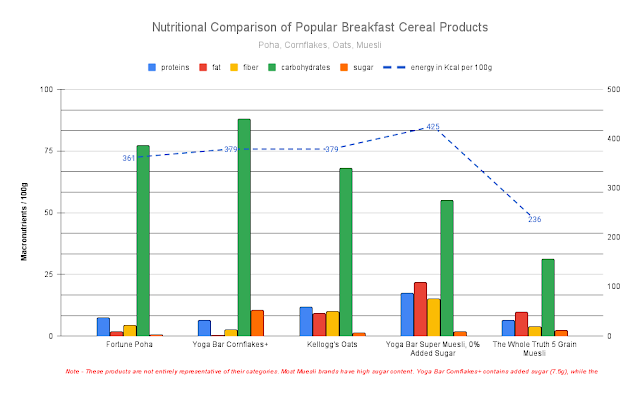A Bunch of Banana Facts 🍌
🍌Banana plants, though resembling trees, are actually large perennial herbs closely related to lilies and orchids. They grow from a root clump (rhizome), much like a tulip bulb. The plant consists of a succulent, juicy "pseudostem," which is essentially a cylinder formed by tightly packed leaf sheaths.
🍌Banana plants require approximately nine months to mature and produce fruit. Once the bananas are harvested, the plant dies and is quickly replaced by young banana plants, which grow from the corm of the parent plant. Corms are perennial structures with a productive lifespan of 6 to 15 years.
🍌The classification of cultivated bananas has long been a problematic issue for taxonomists. Linnaeus originally placed bananas into two species based only on their uses as food: Musa sapientum for dessert "bananas" and Musa paradisiaca for cooking "plantains".
🍌There are over 500 types of bananas!
🍌A bunch of bananas is called a hand, while a single banana is referred to as a finger. Each row of bananas or a “hand” and is made up of 14 to 20 fingers. Each stem grows 9 to 12 hands, which means that a single banana plant can produce up to 240 bananas.
🍌A raw banana (not including the peel) is 75% water, 23% carbohydrates, 1% protein, and contains negligible fat.
🍌The potassium-content ranking for bananas among fruits, vegetables, legumes, and many other foods is medium. Avocados have 60 percent more potassium than bananas
🍌You can check the nutritional profile of banana-based products on Open Food Facts
🍌Elevated histamine levels can lead to increased mucus production in the body. For instance, foods such as bananas, strawberries, pineapple, papaya, eggs, and chocolate may raise histamine levels. It is essential to note that certain foods may trigger increased mucus production in some individuals but not in others.
🍌India is the largest producer of bananas in the world. However, its banana production is primarily for domestic consumption, contributing significantly to meeting nutritional needs. Globally, India ranks 12th in banana exports.
🍌Bananas have overtaken grapes to become the India’s top fruit export in 2025. Iraq is the biggest buyer, accounting for 47 percent of India’s banana exports.
🍌Bananas have overtaken grapes to become the India’s top fruit export in 2025. Iraq is the biggest buyer, accounting for 47 percent of India’s banana exports.
🍌In India, bananas are grown on about 20% of the total cropped area. Tamil Nadu has the largest area under banana cultivation, while Maharashtra leads in production and exports.
🍌Bananas grow best in temperatures between 15 and 35 degrees Celsius and need plenty of water.
🍌A study highlights that climate change and rising temperatures pose a threat to 60% of the most productive banana-growing regions. Higher temperatures are leading to an increase in pest attacks and broader pest infestations, adversely impacting production. This issue is particularly concerning as a significant portion of the population in India depends on bananas as a food source. Consequently, banana production in India faces escalating risks due to rising temperatures and climate-induced pest challenges.
🍌Climate change is exacerbating fungal diseases such as Panama disease and pests like banana weevils in India. Indian farmers predominantly cultivate the Cavendish banana variety, which is highly vulnerable to the Panama TR4 disease.



Comments
Post a Comment